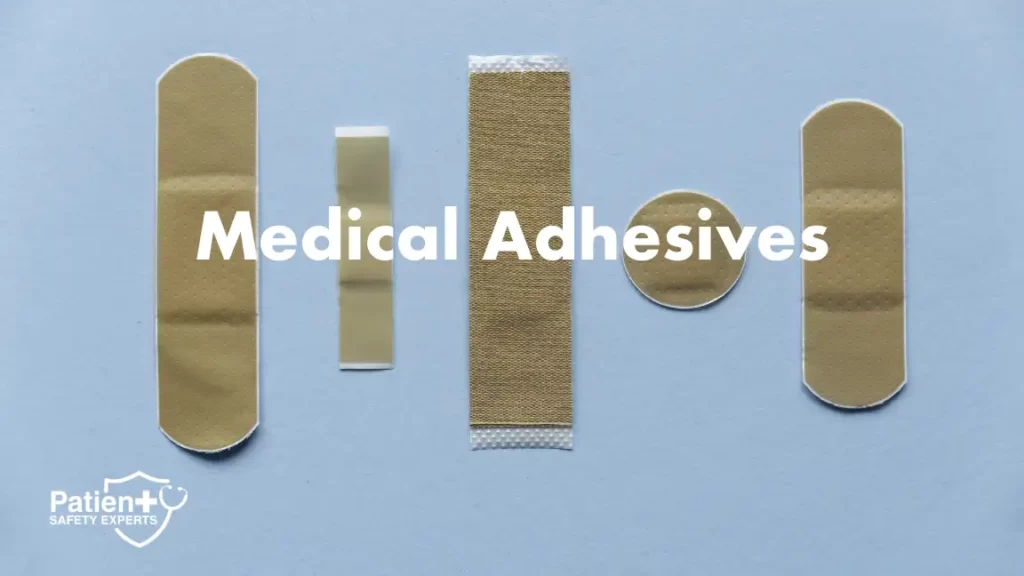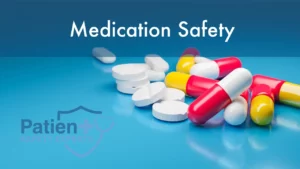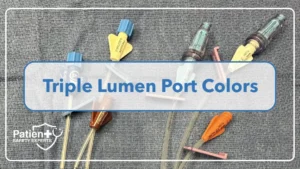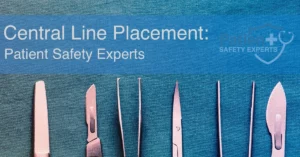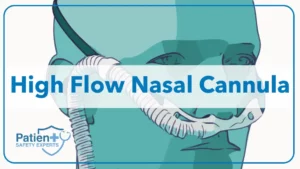Medical tapes are an afterthought for most healthcare providers. However, they can be a point of pain and injury for patients. Knowing the difference between the medical tapes available can help you take better care of patients and avoid skin injury or device disruption.
Most healthcare providers have had the experience of tape that comes off too easily or adheres so aggressively that it won’t come off easily during a change. The tape’s adhesive properties may not matter to people with simple medical tape needs. However, the factors that influence medical tape adhesion matter greatly to the young, the elderly, people with chronic medical conditions, and those with life-threatening illnesses.
Different types of medical tapes
A wide variety of tapes are used in healthcare, each designed to be used for a particular purpose. Knowing which tape to use when is critical to the long-term health of at-risk patients. The best way to prepare for at-risk patients is to make the best care your standard of care.
The most commonly used medical tapes are cloth tape, paper tape, transparent tape, waterproof tape, silicone tape, and retention tape. Medical tapes go by a lot of different names. Paper tape is often referred to as Micropore® tape, and transparent or plastic tape is often referred to as Transpore® tape. Cloth tape is often referred to as Durapore® – these are commonly used because they are brand names of the market leaders.
Cloth/Silk Tape:
Cloth tape is the tape most widely used in the OR. Another common name for it is silk tape. The key features of cloth tape are:
- It can be torn without the use of scissors
- it is strong with a strong adhesive
- it works best if applied without tension and is pressed down
Paper Tape
Paper tape is another commonly used tape in operating rooms and hospitals. Paper tape is lightweight, microporous, and will hold even when wet. It is gentle on sensitive skin and is recommended for delicate or elderly skin.
Transparent / Clear Tape
Transparent/clear tape is the 3rd of the most commonly available medical tapes in hospitals.
- Transparent tape is water-resistant, but it is not waterproof tape!
- Transparent tape is perforated and can easily be torn in any direction.
Waterproof / “Pink” Tape
Waterproof tape, commonly known as “pink tape” in operating rooms, is most commonly used in areas where moisture will constantly challenge adhesion. In the OR, we see this around the mouth and nose. Due to its waterproof properties, many individuals like to use waterproof tape to secure their endotracheal tubes in the operating room.
How to Remove medical tape adhesive residue
Medical tape adhesive residue is a nuisance for most individuals but carefully removing adhesive from the skin is about more than getting rid of sticky residue. For some people, it can cause Medical Adhesive Removal Skin Injury (MARSI). Here are some different ways to remove medical tape adhesive residue.
1. Adhesive Remover Wipes
One quickest and most effective ways to get rid of adhesive residue is to use remover wipes. There are adhesive remover products that are specially designed to eliminate bandage residue. Simply wipe the pad over the sticky area, and voila residue is gone.
2. Remove Bandages After a Bath with Soap and Water
When a bandage is tightly bonded to your skin, take a bath. Sitting in water weakens the adhesive, making it easier for the bandage to come off. Once it’s removed, you can wash the area with soap to eliminate the residue. If you soak first, the adhesive should come off easily. This method is great for kids because it ensures that the removal process is painless as possible
3. Coat the Residue With Oil and Apply a Warm Compress
If you’re looking for a simple method to remove adhesive from the skin with items in the home you can coat the adhesive with a skin safe oil. Oil works by dissolving the residue and causing it to loosen its grip on your skin. Some common skin safe oils in the home are baby oil, coconut oil, and vitamin E oil,
Apply the oil then apply a warm towel over the adhesive. Let it temporarily sit on the skin before attempting to wipe it off.
4. Rubbing Alcohol
Rubbing alcohol is effective in dissolving most adhesives seen in medical adhesives. Just put a small amount on a cotton ball, place it over the residue for a few seconds, then proceed to rub it off.
Be aware that rubbing alcohol can dry out the skin. So, you may want to apply a moisturizer afterward.

